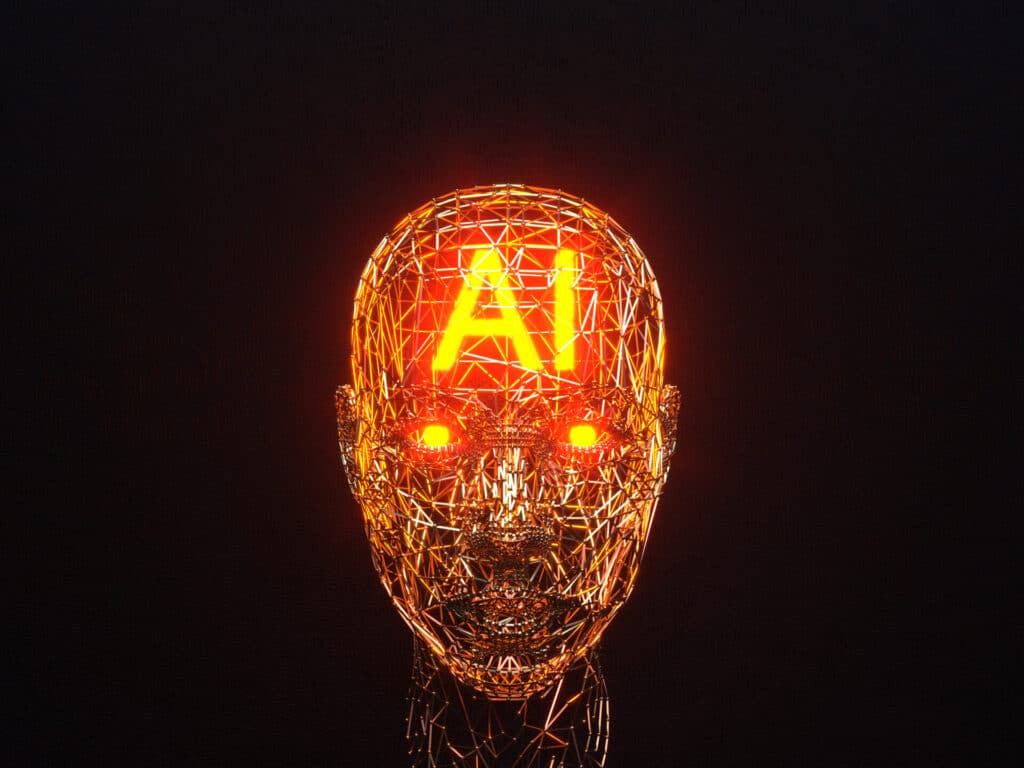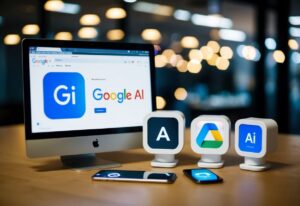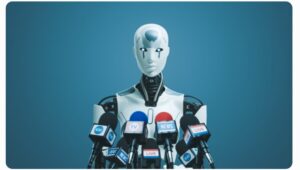AI myths
10 AI myths busted: facts from fictions.
The buzz around AI has led to many myths, whether in mainstream media, boardrooms, or across organizations. Some fear an “all-powerful” AI taking over the world, while others dismiss it as just another buzzword. But the truth lies somewhere in between.
Throughout the COVID-19 crisis, the majority of organizations have been maintaining or even increasing their investments in artificial intelligence.
Artificial Intelligence (AI) has completely transformed industries like healthcare and finance, but it’s also wrapped up in myths and misconceptions that often lead to unnecessary fears or unrealistic expectations.

As AI continues to advance, I think it’s crucial to really understand what it is—and what it isn’t. In this article, I’ll walk you through 10 common myths about AI and share the real facts to help clear up some of the confusion around this groundbreaking technology.
List of 10 AI Myths (and the Truth)
Myth: AI will replace all human jobs.
Truth: While AI can automate certain tasks, it doesn’t spell the end of human jobs. In fact, AI will likely complement human roles, automating repetitive or dangerous tasks while creating new opportunities in fields such as AI maintenance, ethics, data analysis, and creative industries. For example, companies like Amazon and Google are already utilizing AI for efficiency, but still require human oversight and innovation to function effectively. According to research by the World Economic Forum, AI is expected to create more jobs than it displaces in the long term.Myth: AI can think and feel like a human.
Truth: AI can simulate certain aspects of human behavior, like understanding language or recognizing images, but it does not possess human-like consciousness, emotions, or subjective experiences. AI systems process information using algorithms based on data, and their actions are purely the result of programming—not thinking, feeling, or reasoning as a human would. While natural language processing (NLP) allows AI to mimic conversation, it still lacks true understanding or empathy.Myth: AI is completely autonomous and self-sufficient.
Truth: Although AI can operate with a high degree of independence in some applications, it still requires human intervention for training, troubleshooting, and updates. AI systems depend heavily on humans to provide accurate data, define parameters, and correct errors. For example, self-driving cars still rely on human engineers for system upgrades and safety measures, and even the most sophisticated AI systems require continual monitoring and improvement.AI mythsMyth: AI is infallible and makes perfect decisions.
Truth: AI is not immune to mistakes. Its decisions are only as good as the data it’s trained on. If an AI system is fed biased, incomplete, or incorrect data, it will produce flawed outcomes. This has been a major concern in sectors like healthcare, law enforcement, and hiring, where biased data can lead to harmful or unfair results. AI’s reliability depends on careful, unbiased training and ongoing supervision to ensure its accuracy.Myth: AI is only beneficial to large tech companies.
Truth: While tech giants like Google, Facebook, and Microsoft were early adopters of AI, this technology is increasingly accessible to smaller businesses and startups. AI tools like chatbots, predictive analytics, and customer relationship management (CRM) systems are widely used by businesses of all sizes to improve efficiency, enhance customer service, and drive innovation. For instance, small businesses can use AI-driven marketing platforms to personalize customer interactions and boost sales without needing a huge tech infrastructure.Myth: AI will soon surpass human intelligence entirely.
Truth: Although AI excels in specific areas, such as data analysis and pattern recognition, it is far from surpassing general human intelligence. AI’s capabilities are narrow, meaning it can perform well within the confines of a specific task (like playing chess), but it lacks the adaptability and common sense humans possess. General Artificial Intelligence (AGI), which would match human cognitive abilities, is still in the realm of science fiction and may be decades, if not centuries, away from reality.Myth: AI learns and improves entirely on its own.
Truth: AI systems require a substantial amount of human input and oversight, especially during the initial training phase. Machine learning, a subset of AI, relies on large datasets provided by humans, and even then, algorithms need fine-tuning and regular updates. Furthermore, most AI systems require supervision to ensure that they are learning correctly and not developing harmful biases or errors.Myth: AI has its own agenda and could turn against humans.
Truth: AI does not have consciousness, free will, or intentions. It only follows the goals and instructions programmed by humans. Concerns about AI “taking over” stem largely from science fiction rather than real-world developments. AI is a tool, and like any tool, its outcomes depend on how it is used by humans. While there are valid concerns about AI misuse (such as in autonomous weapons), these are issues that need to be addressed through regulation and responsible development.Myth: AI is inherently biased.
Truth: AI itself is not biased, but it can inherit biases from the data it is trained on. If an AI system is trained on biased data, it will reflect those biases in its outputs. However, developers are increasingly aware of this issue and are working on methods to minimize bias, such as diversifying training data and applying fairness algorithms. Efforts to reduce bias are especially critical in areas like hiring, law enforcement, and healthcare, where biased decisions can have serious consequences.Myth: AI will eventually lead to human extinction.
Truth: While some public figures have voiced concerns about AI’s potential to become dangerous, the reality is that most experts agree that AI, when developed responsibly, poses manageable risks. The idea of AI causing human extinction is largely speculative and assumes that we will lose control over advanced systems. Proper governance, ethics, and safety measures are crucial to ensuring that AI benefits society without posing existential threats.
Takeaway:
AI holds incredible potential, but it is often misunderstood. By debunking common myths, we can foster a more balanced understanding of AI’s capabilities and limitations. Rather than fear or overestimate AI, we should focus on responsible development, regulation, and ethical use to maximize its benefits.
FAQs
Can AI completely replace humans in the workforce?
No, while AI may automate certain tasks, it is more likely to augment human jobs rather than replace them entirely. Many new roles will be created in AI oversight, management, and creativity.Does AI have the ability to think or feel like a human?
No, AI lacks consciousness, emotions, and self-awareness. It operates purely on algorithms and data provided by humans.Can AI operate entirely on its own?
AI can perform tasks autonomously, but it still requires human input for training, maintenance, and decision-making oversight.Is AI always accurate and unbiased?
AI can make mistakes, especially if it is trained on biased or incomplete data. Developers are working on minimizing these biases to ensure fairness and accuracy in AI systems.Should we be worried about AI taking over the world?
While AI poses certain risks, the idea of AI taking over the world is largely speculative. With proper regulation and ethical guidelines, AI can be safely developed to benefit humanity.
AI myths

















